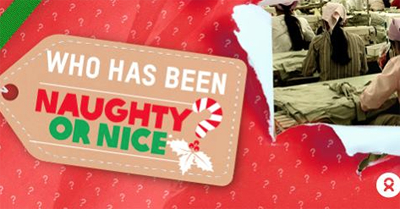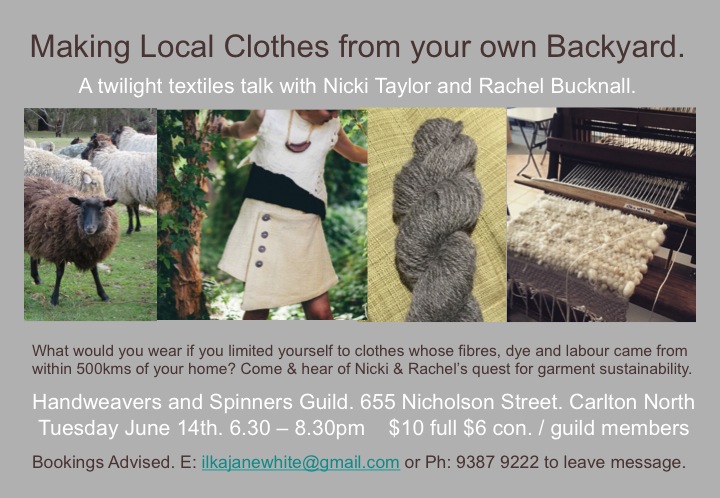It’s been four and a half months since I downloaded the Stylebook app, and I’m still having fun with it. Mixing and matching clothing in the Looks section has led to some really good outfit combinations, and is a more entertaining distraction than social media and games if I’m filling in time on a train, in a waiting room or car.
Every day I log what I wear on the calendar. It’s not something I want to do forever, just until I’ve worn everything in my wardrobe at least once. I’ve learned that I can’t truly judge whether a garment fits and I really do like it unless I wear it for a day. (Holding it and seeing if it sparks joy just isn’t going to cut it.) Since my initial review while photographing clothes for the app a few more garments have been removed, and some I’d culled have actually made it back out of the rag, pj and gardening clothes boxes and into my wardrobe again.
This has been most true with my t-shirts. T-shirt and jeans have been my default ‘personal uniform’ since my teens. I have a lot of t-shirts as a result. (Though not many pairs of jeans – I’ll get to that next.) I culled quite a few ts when I first photographed them for Stylebook. The remaining ones went into two menus in the app: t-shirts and convention t-shirts. Making myself wear them all revealed something that I kinda knew but was ignoring: I don’t like wearing con t-shirts. It’s not that they’re geeky, or even that some of the designs aren’t great, but it’s not that far from wearing a vender t-shirt and I generally refuse to be a walking billboard. The ones I really don’t like have big, plasticy designs that are hot and icky to have against my chest or back. So all but one con tshirt is heading off to new owners or purposes.
Then there’s jeans. I love jeans… when they fit. But it’s been 20 years since jeans styles fit my body shape. As I’ve worked my way through wearing everything in my wardrobe, I’ve culled the jeans that aren’t comfortable. The hardest has been the ‘straight leg’ jeans I bought a year ago. They are the first somewhat ethical purchase (the elastic fibre content is made from recycled plastic and they’re dyed with indigo) that I’ve regretted. Weirdly, I found them too stretchy. Jeans normally only stretch horizontally, but these stretch vertically as well, making me feel like the ‘mid-rise’ waistband is going to slip off my butt at any moment.
Once they’re gone I’ll have a very old pair of comfy jeans, one black pair for when I’m a bit skinnier than normal, and one blue pair for when I’ve put on a bit of weight. What’s a jean-loving girl to do? Well… nothing. Unless I find a super-comfy second-hand pair, I’m done with jeans. I have cotton, hemp and linen pants in my wardrobe that do just as well.


